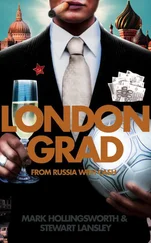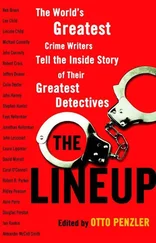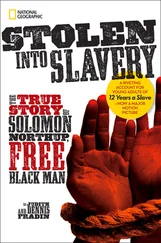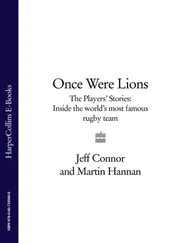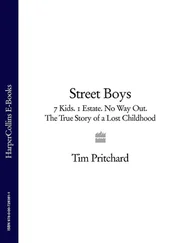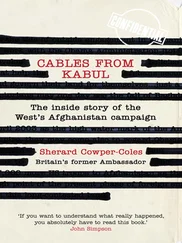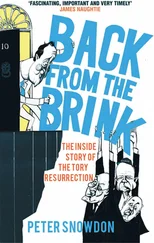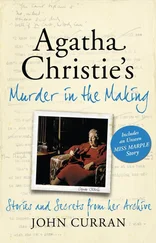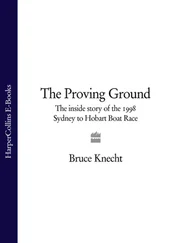In November 1975 I launched volume one, issue one, of my very first magazine. It was called the Lily Crescent Locomotive Times and was targeted specifically at train-spotters living in Lily Crescent. I typed it – very hard – on my mum’s typewriter using multiple layers of carbon paper to replicate it. Features included a list of engines recently spotted in our street (for three years I kept a log of every locomotive that went past), a report on a recent trip to Chesterfield and a column from my ‘Heaton Carriage Sidings Correspondent’, a friend called Jim Brownlow.
Jim Brownlow’s family moved from Blackburn to Newcastle around 1973 and Jim was deposited into my class at Heaton Comprehensive School. On his first day I managed to strike up an awkward conversation with him about Preben Arentoft, a Danish footballer who had recently been transferred from Newcastle to Blackburn. We were both football fans and Jim and I quickly became friends. A few weeks later, when I felt I’d got to know him well enough, I let Jim in on my dark secret – that I was a train-spotter. Being a train-spotter wasn’t something you talked about in a large, inner-city state comprehensive like Heaton. Jim came along on our train-spotting outings but he was never totally committed to the hobby. I think he was more interested in the social benefits of train-spotting. Yes. Train-spotting is a very sociable hobby. Sitting with a group of mates at the end of a railway platform for eight hours at a time – with no TV, no radio, no computers – does wonders for the art of conversation. Trains didn’t really enter into it that much. We would just sit there, huddled together at the end of a platform, or on wasteland in Gateshead overlooking the engine sheds, philosophizing, making jokes and talking absolute nonsense.
Jim and I were a bit more socially aware than the other train-spotters around us. We spent as much time observing our neighbours as we did looking at the trains. Obese couples in their thirties or forties with massive lunch boxes would sit and train-spot together. There were veteran former steam-spotters in their fifties, their anoraks covered in dozens of train badges, every one worn with pride, like a medal. Then there were the next generation, high-tech train-spotters, platform yuppies who yelled numbers into Dictaphones instead of writing them down. Audio-enthusiasts with tape recorders who’d stand alongside the locomotives recording the sounds they made. And of course there were the dodgy-looking train-spotters whose attentions seemed to waver between the trains and the nearby gentlemen’s lavatories. You had to watch out for those ones. All of them seemed oblivious to the reactions they got from the general public, blissfully unaware of the disdainful looks being aimed at them from inside passing trains. Jim and I had an overview of it all. When a crowded train went past we’d always hide our notebooks and sidle a discreet distance away from the hard-line anoraks.
At school Jim and I tended to be loners, slightly too weird to fit into the social mainstream. We hung around with other misfits too. One was Paul, a goose-stepping Hitler fan with a swoop of black hair and, for a very short time, a swastika painted on his school bag. Another was John, a child actor whose life had become a living hell since he’d appeared in a Sugar Puffs advert. And a third was a strange boy called Chris Scott-Dixon. Scottie was short, plump, freckled and wore Michael Caine glasses. On his first day at Heaton he was the only boy in a school of 1,400 who turned up wearing short trousers, and he staggered home that lunchtime his legs beetroot red from slapping. On the face of it he was the dullest, most grown-up and sensible child you could meet – like a little chartered accountant trapped inside a child’s body. But beneath his dour façade he had a bizarre and often comic imagination. Jim, Scottie and myself once had a private competition to see who could write the highest number of deaths into their English essay homework. This ran for several weeks and reached its climax when we were set the innocuous title, ‘A Visit to the Theatre’, for our homework. In my story a bus full of theatregoers got stuck beneath electric wires on a level crossing. The occupants were all burnt alive and then a crowded passenger train slammed into the wreckage at high speed. With a body count of over 300 I thought I’d won at a canter, but I was wrong. Scottie had engineered a calamitous Ronan Point-style gas explosion into his essay. Careless theatregoers had left the gas on in their high-rise apartment and in the resulting explosion an entire block of flats collapsed and over 600 people perished in the rubble. By now our English teacher, Mrs MacKenzie, had noticed the increasing death tolls in our work and rightly guessed that we were having a competition. One at a time she took us aside, complimented us on our imaginative work, but warned us that the examination boards would view anything more than one or two deaths per essay as excessive.
As well as sharing a rum sense of humour Jim and I also shared an ability to draw cartoons. Over the years I’d become the unofficial class cartoonist and often had unwanted commissions thrust upon me. The closest thing to a bully we had in our class was a big lad called Jeff, and Jeff was very proud of his Doctor Marten boots. Jeff’s desk was right alongside mine and every morning he’d hitch up his trouser leg with theatrical style and proudly reveal a highly polished knee-length Doc Marten. Then he’d say, ‘Draw me boot!’ I’d routinely draw a flattering picture of his boot on a scrap of paper, hand it to him, and he would sit and titter at it for a moment or two before discarding it. One day Jeff told me to draw Mr Hesketh on the blackboard. Mr Hesketh was our French teacher, and very easy to draw. He had a flobby, jowlish, slightly over-inflated sort of head with a funny little wiggish haircut perched precariously on top of it, and an extremely big and pointy nose. It was most unfortunate that Mr Hesketh’s career as a French teacher coincided with the advent of the Anglo-French supersonic aviation programme. The tip of Concorde Hesketh’s conk was due to appear through the classroom door at any minute, followed not long afterwards by the rest of him, so I did a hurried sketch on the board. ‘Divvn’t forget his nurz hair,’ said Jeff, casting a critical eye from behind me. Mr Hesketh had long, bushy, black hair billowing from his massive nostrils like inverted smoke clouds, and from my seat near the front of the class I would watch these hairs gradually turning grey due to the amount of chalk dust his frantic blackboard-wiping technique generated. I quickly added a big clump of nasal hair to my drawing then turned to go back to my desk, but my path was blocked by Jeff, smiling menacingly and brandishing a compass point in my direction. At that moment in walked Mr Hesketh, and there was I, chalk in hand, dithering about in front of my portrait. ‘Mr Hesketh,’ said Jeff with a glib smile. ‘Donald’s done a picktcha of ya.’
Jeff wasn’t a real bully, he was a hilarious parody of one. A comic actor. He dressed like a bovver boy in his Crombie coat, sharply creased two-tone trousers and blood-red knee-length boots with bright yellow laces. But he wasn’t violent. The closest to fighting Jeff ever got was tripping up first years at break time. There he was, all six foot of him, flicking his toes gracefully to unbalance these tiny little children who were running around his feet. It was cruel but it was hilarious because he did it with such style and panache. There were plenty of real bullies at Heaton, or ‘hards’ as they preferred to be known. Each had their own hardness rating. The system was a bit like conkers, but instead of smashing someone’s conker to improve your own conker’s rating, you had to ‘kick someone’s fucking heed in’ in order to acquire their points. Hard kids would swagger around the school like gunfighters in a Spaghetti Western, constantly in search of a showdown. The toilet was their saloon where they all hung out, smoking tabs, gambling and discussing the latest hardness rankings. Between the ages of eleven and sixteen I developed phenomenal bladder control, but it wasn’t always possible to avoid trouble. Sometimes if you strayed too far from your pack of friends you’d be picked off by a stray bully and a confrontation would ensue. One second-division hard case called Brian had a very original technique of picking a fight. He’d stand in front of you and block your path by doing an impression of Alvin Stardust singing ‘My Coo-Ca-Choo’. This would involve twisting and turning his fist slowly, right under your nose, in an Alvin Stardust leather glove style, which was strangely hypnotic as his arm looked a bit like a snake slowly rising from a basket. Then at various points in the song – on the words ‘Coo’ and ‘Choo’ I seem to recall – he would punch you lightly on the chin, hoping you would retaliate. He tried it once on me after cornering me above the bicycle sheds, but after a few moments it must have dawned on him how ridiculous he looked, so he made some mumbled excuse and left.
Читать дальше

